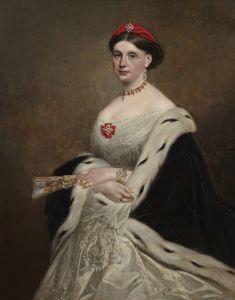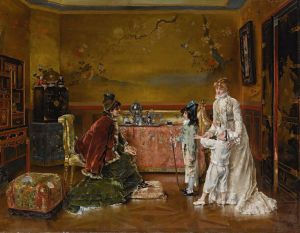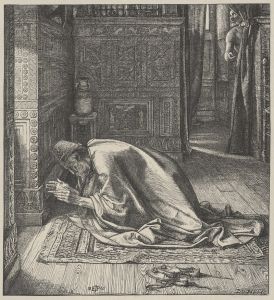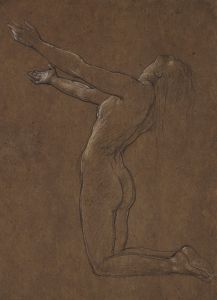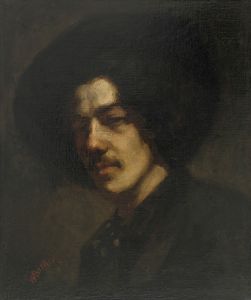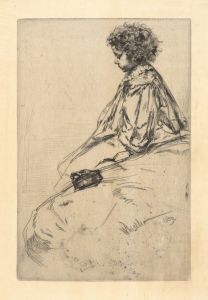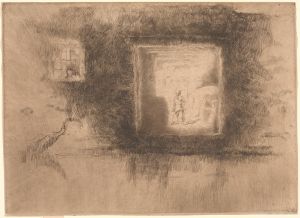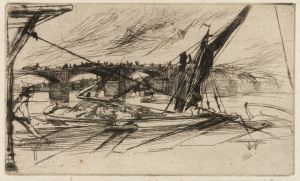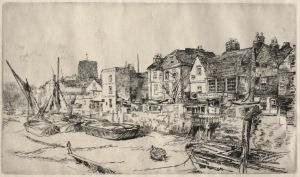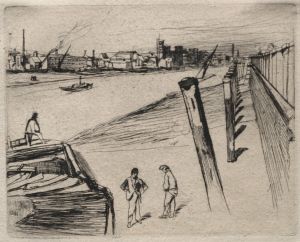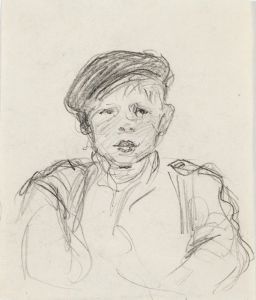
The Little Hat
A hand-painted replica of James Abbott McNeill Whistler’s masterpiece The Little Hat, meticulously crafted by professional artists to capture the true essence of the original. Each piece is created with museum-quality canvas and rare mineral pigments, carefully painted by experienced artists with delicate brushstrokes and rich, layered colors to perfectly recreate the texture of the original artwork. Unlike machine-printed reproductions, this hand-painted version brings the painting to life, infused with the artist’s emotions and skill in every stroke. Whether for personal collection or home decoration, it instantly elevates the artistic atmosphere of any space.
James Abbott McNeill Whistler was an American artist known for his significant contributions to the art world during the late 19th century. He was a leading figure in the Aesthetic Movement, which emphasized the visual and sensual qualities of art and design over narrative or moral themes. Whistler's works are characterized by their innovative use of color and composition, as well as their subtle tonal harmonies.
One of Whistler's notable works is "The Little Hat," a painting that exemplifies his distinctive style and artistic philosophy. While specific details about "The Little Hat" are not extensively documented, it is known that Whistler often focused on portraiture and figure studies, capturing the essence and personality of his subjects with a refined elegance.
Whistler's approach to painting was heavily influenced by his belief in "art for art's sake," a principle that suggests the intrinsic value of art lies in its beauty and form rather than its ability to convey a specific message or story. This philosophy is evident in "The Little Hat," where the emphasis is likely placed on the aesthetic qualities of the subject, including the delicate interplay of light and shadow, the subtle gradations of color, and the overall composition.
Whistler was known for his meticulous attention to detail and his ability to capture the fleeting effects of light and atmosphere. His portraits often feature a limited color palette, which he used to create a sense of harmony and balance within the composition. This technique can be seen in "The Little Hat," where the careful arrangement of colors and tones would contribute to the painting's overall sense of unity and coherence.
Throughout his career, Whistler was influenced by various artistic movements and styles, including Realism, Impressionism, and Japanese art. The latter had a particularly profound impact on his work, as seen in his use of asymmetrical compositions and an emphasis on simplicity and elegance. These elements are likely present in "The Little Hat," reflecting Whistler's ability to synthesize different influences into a cohesive and unique artistic vision.
Whistler's work, including "The Little Hat," has been celebrated for its innovative approach to portraiture and its contribution to the development of modern art. His paintings are held in high regard for their technical skill, their aesthetic beauty, and their ability to evoke a sense of mood and atmosphere. Whistler's legacy continues to influence artists and art enthusiasts around the world, and his works remain an important part of the art historical canon.
In summary, "The Little Hat" by James Abbott McNeill Whistler is a testament to the artist's skill and his commitment to the principles of the Aesthetic Movement. While specific details about the painting may be limited, its significance lies in its reflection of Whistler's artistic philosophy and his ability to create works of enduring beauty and elegance.





